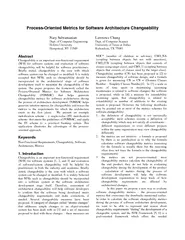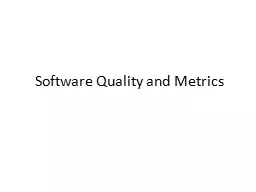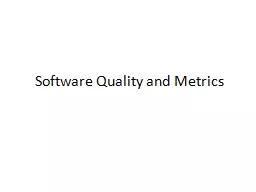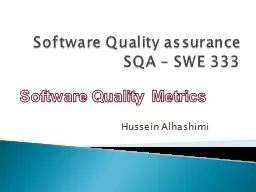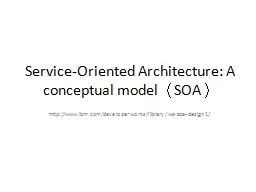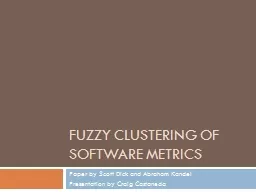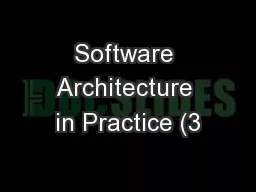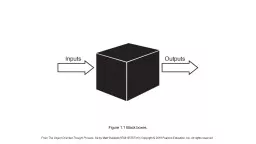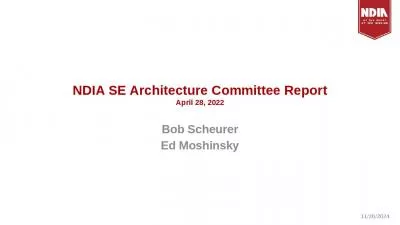PDF-Process Oriented Metrics for Software Architecture Cha
Author : tatiana-dople | Published Date : 2015-05-12
of Computer Engineering Dept of Computer Science Hofstra University University of Texas at Dallas Hempstead NY 11549 Richardson TX 75081 Abstra ct Changeability
Presentation Embed Code
Download Presentation
Download Presentation The PPT/PDF document "Process Oriented Metrics for Software Ar..." is the property of its rightful owner. Permission is granted to download and print the materials on this website for personal, non-commercial use only, and to display it on your personal computer provided you do not modify the materials and that you retain all copyright notices contained in the materials. By downloading content from our website, you accept the terms of this agreement.
Process Oriented Metrics for Software Architecture Cha: Transcript
Download Rules Of Document
"Process Oriented Metrics for Software Architecture Cha"The content belongs to its owner. You may download and print it for personal use, without modification, and keep all copyright notices. By downloading, you agree to these terms.
Related Documents

